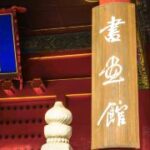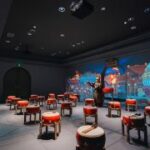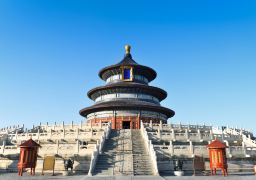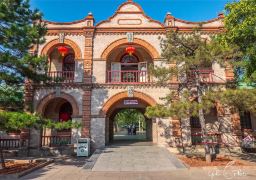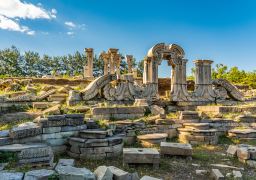Beijing Underground City, originally a civil defense project, began construction in 1969 and was completed in 1979 after a decade of work. The city is divided into three defensive areas, connected to various parts of the urban area, forming an initial scale of people’s air defense tunnel network. The air raid shelters are approximately 8 meters underground, with deeper sections reaching over ten meters, and are about 2 meters wide, allowing for the passage of a jeep and accommodating over 300,000 people.
The entrance to the underground city is a typical two-story building with a plaque reading ‘Beijing Underground City’. Entering through the main door and descending about twenty steps leads to the underground city. Energy-saving lights are installed every five or six meters along the tunnel’s ceiling. The entire floor is covered with moisture-proof red carpets, ensuring that one does not get lost by following the red path.In addition to providing shelter, the underground city is equipped with necessary living conditions. There are nearly 70 locations with abundant groundwater resources, ensuring a continuous supply of water when needed. The city has 2300 specially designed ventilation holes that continuously supply fresh air. Furthermore, there are facilities for daily life and entertainment, such as barbershops, hospitals, and cinemas. Nowadays, the underground city is filled with shops selling cultural relics, antiques, and calligraphy paintings.
Opening Hours: The underground city is closed all day on Mondays throughout the year; from Tuesday to Sunday, it is open from 10:00 to 12:00 and 13:00 to 17:00. The specific business status is subject to the daily opening conditions.




